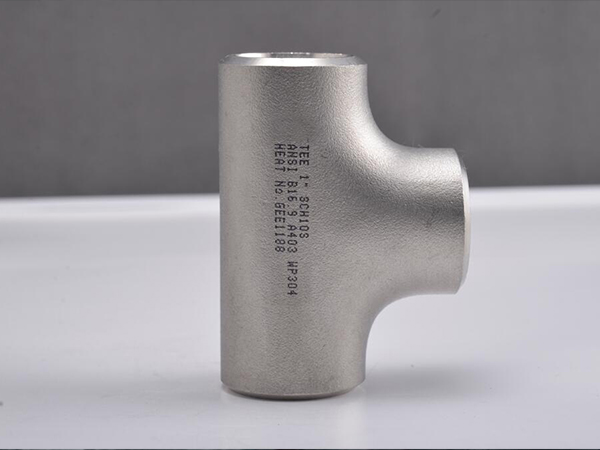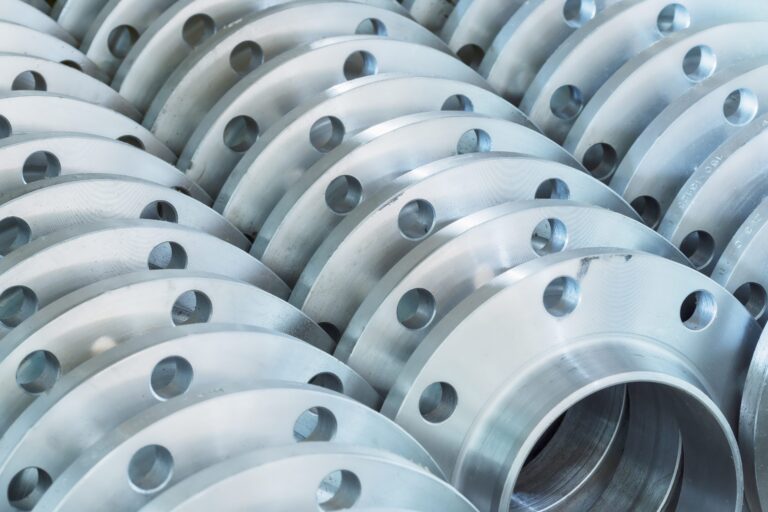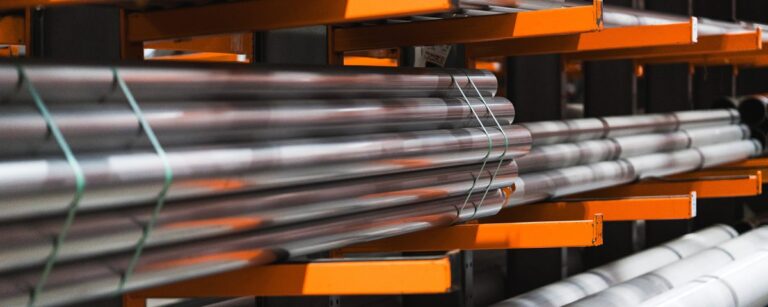The most complete buying guide for stainless steel tees
Table of Contents
- How to indicate the specifications of tee
- Selection of tee specifications
- Common tee pipe size selection suggestions
- Tee installation and maintenance
A tee is a pipe fitting used to connect pipes, usually to branch or merge fluids in a pipe. It is very important to choose the right tee size, because an inappropriate size may cause problems such as loose pipe connections or leaks.
Here are some suggestions for choosing the right tee size:
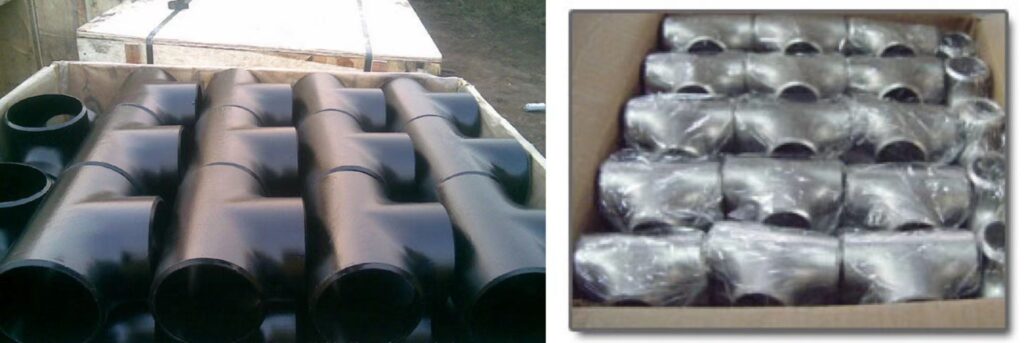
How to indicate the specifications of tee
The specifications of a tee are generally expressed as three values, such as 202020, where the first two values represent the outer diameters of the two pipes, and the third value represents the outer diameter of the pipe connected by the tee.
Therefore, a 20*20*20 tee means that the outer diameters of both pipes are 20 mm, and the outer diameter of the connected pipe is also 20 mm.
In some cases, the specifications of a tee are also expressed as two values, such as 20*15, where the first value represents the outer diameter of the large pipe, and the second value represents the outer diameter of the connected small pipe.
This representation method is suitable for reducing tees.

Selection of tee specifications
Understanding the pipe diameter
The size of the tee fitting should match the diameter of the pipe. If the size of the tee fitting is too small, it cannot be fully connected to the pipe, resulting in the inability of the fluid to flow normally.
If the size of the tee fitting is too large, problems such as leakage or breakage may occur. Therefore, when choosing the size of the tee fitting, you first need to confirm the diameter of the pipe and choose the tee fitting size that matches it.
Considering the fluid flow rate
It is also important to choose the appropriate size of the tee fitting according to the flow rate of the fluid in the pipeline. If the fluid flow rate is large, then a larger size tee fitting is needed to ensure that the fluid can flow smoothly without blockage or excessive pressure.
On the contrary, if the fluid flow rate is small, a smaller size tee fitting can be selected to save costs and ensure the quality of the pipeline connection.

Considering the working pressure and temperature
It is also important to choose the right size of tee fittings according to the pressure and temperature of the pipeline.
If the working pressure of the pipeline is very high, then you need to choose a more pressure-resistant tee fitting to ensure that it can withstand the pressure without breaking.
Similarly, if the working temperature of the pipeline is very high, you need to choose a high-temperature resistant tee fitting to ensure that it can work normally in a high-temperature environment.
Considering the installation space and installation method
When choosing the size of a tee fitting, you also need to consider the installation space and installation method of the pipeline connection.
If the installation space is small, you need to choose a smaller tee fitting so that it can be installed on the pipeline smoothly.
In addition, you also need to consider the installation method of the tee fitting, determine whether it is welded, threaded, etc., and choose the appropriate size and type of tee fitting.
Common tee pipe size selection suggestions
The common tee size recommendation is DN25-DN50. Specifically, DN25 is suitable for small flow, DN32 is suitable for medium flow, DN40 is suitable for medium flow, and DN50 is suitable for large flow.
It should be noted that different manufacturers may design different sizes, so you should carefully check the product specifications when purchasing.
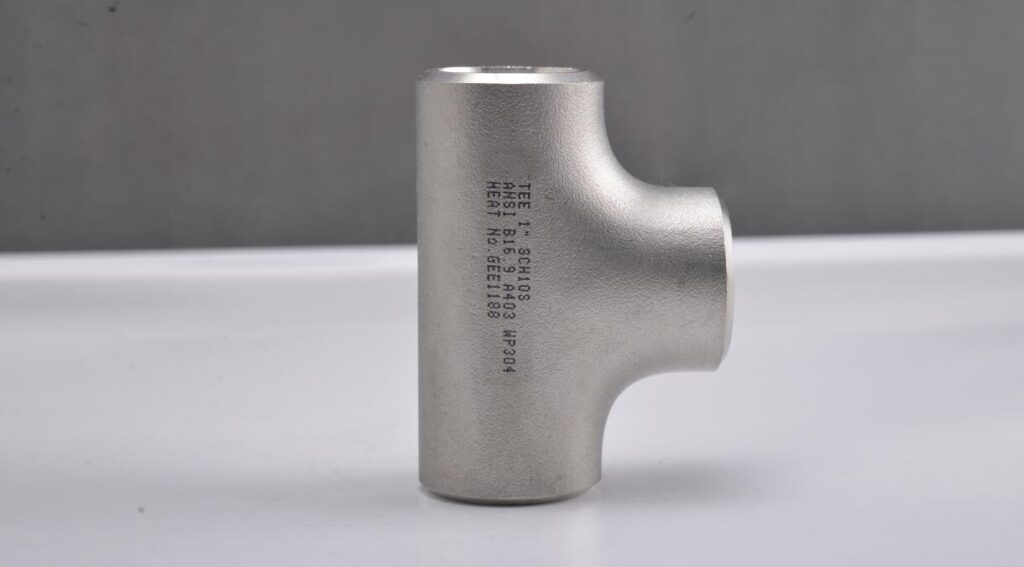
Tee installation and maintenance
When installing the tee, you need to ensure that the connection is flat and burr-free, and adjust the tightness of the interface.
During use, be careful to avoid contaminants and particles in the pipeline system from clogging the tee, and clean and inspect it regularly.

